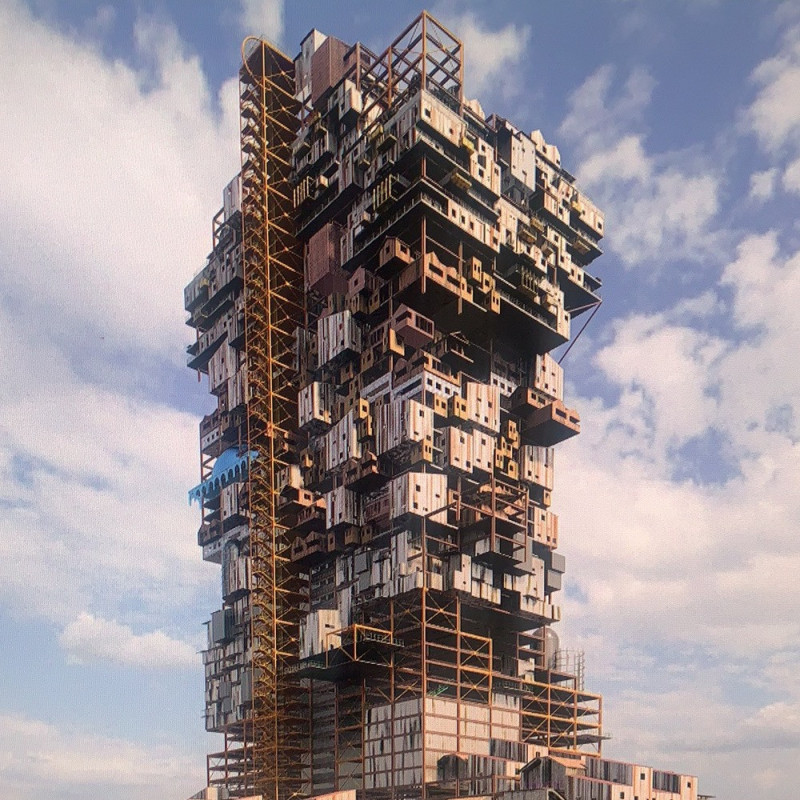5 key facts about this project
The architectural design reflects a careful approach to how spaces are organized and how users interact with them. Located in a dynamic environment that values connectivity, the design emphasizes accessibility and visual clarity. The specification of a focal length of 0.28m indicates a thoughtful consideration of spatial relationships, suggesting that the environment is designed to enhance visual experiences for users at specific distances.
Focal Length Considerations
The mention of a focal length serves to create specific viewpoints within the space. This detail fosters unique interactions, allowing users to engage with their surroundings in ways that are both meaningful and intentional. It directs the flow of movement and encourages exploration from various vantage points.
Numerical Organization
The series of numbers from 6 to 10 hints at a well-structured system for categorizing different areas or features within the design. This organization enhances navigability and allows users to easily identify various functional zones. By clearly delineating these spaces, the design helps both first-time visitors and regular users to understand the layout and purpose of each area.
Spatial Clarity and Functionality
The design prioritizes spatial clarity and ease of use. The arrangement of elements contributes to a logical flow, encouraging movement throughout the space. Essential features are designed to be easily accessible, enhancing the user experience and satisfaction. This thoughtful organization aligns with current architectural practices that focus on meeting user needs while maintaining a clean and modern aesthetic.
Overall, the result is an environment that balances structure with accessibility, allowing for both practical use and personal connection. Each design decision reflects a commitment to clarity and function, culminating in a space that serves its users well.


















































